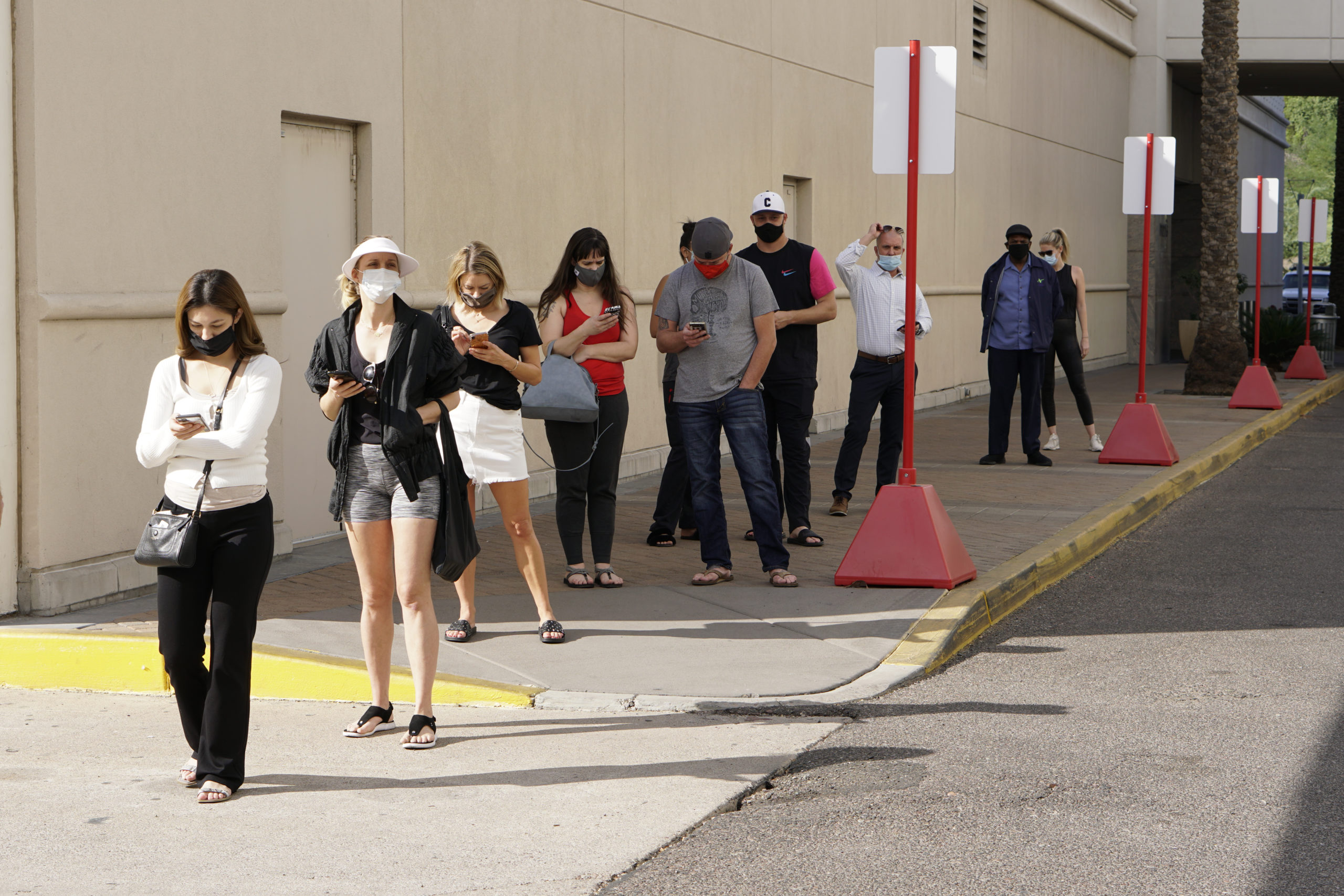
Statement
Are There Any Voting Rights Left?
June 28, 2021
August 7, 2021
Editorial credit: Jessica Kirsh
In 2013, the Supreme Court decided Shelby County v. Holder, eliminating “preclearance,” which required certain jurisdictions specified in Section 5 of the Voting Rights Act (VRA) to apply in advance to the Department of Justice or a federal court in order to make a change in their voting procedures. It was a significant loss of a critical safeguard against racially discriminatory voting laws.
In his majority opinion, Chief Justice John Roberts nevertheless tried to reassure the public that the protections of Section 2 of the Act would remain. Section 2’s prohibition against discrimination in voting on the basis of race, however, was triggered only after the legislation went into effect. A lawsuit challenging a voting procedure could only be filed after the provision was operative, when the damage was already done, and lengthy litigation would likely extend over multiple election cycles.
Yet, last month, the Supreme Court effectively neutered Section 2 as well, in a 6-3 decision.
Ignoring the intent of Section 2, the opinion by Justice Samuel Alito let stand two discriminatory Arizona laws in Brnovich v. Democratic National Committee, ruling that they did not contravene the Voting Rights Act.
The Arizona voting changes under review in Brnovich: (1) prohibited the counting of any votes cast in the wrong precinct; and (2) prohibited the pickup or delivery of another’s ballot except by a small number of close relations and contacts. The trial court record highlighted that an in-precinct requirement for a ballot to count would operate to the detriment of voters living in jurisdictions like Arizona, where polling places are changed frequently. The impact was even worse when coupled with Census Bureau data indicating that frequent movers are disproportionately people of color. Voters in such places are likely to be assigned to many different polling places over time, even if they stay at the same address, same metropolitan area, or same county. That is confusing and multiplies the chances of errors.
Similarly, the prohibition against the pickup or delivery of someone’s ballot disadvantages Native American voters.
On Indian reservations, post offices and mailboxes are notoriously rare. Residents are often dependent on their tribal networks — not the people permitted by the statute — to pick up or deliver their mail and their ballots to distant postal services or polling places. Justice Elena Kagan’s dissent ably painted the picture:
Most Arizonans vote by mail. But many rural Native American voters lack access to mail service, to a degree hard for most of us to fathom. Only 18% of Native voters in rural counties receive home mail delivery, compared to 86% of white voters living in those counties. And for many or most, there is no nearby post office. Native Americans in rural Arizona ‘often must travel 45 minutes to 2 hours just to get to a mailbox.’ (‘Ready access to reliable and secure mail service is nonexistent’ in some Native American communities). And between a quarter to a half of households in these Native communities do not have a car. So getting ballots by mail and sending them back poses a serious challenge for Arizona’s rural Native Americans.
Section 2’s language is clear. It provides that “[a] violation…is established if, based on the totality of circumstances, it is shown that the political processes...are not equally open to participation by members of a class of citizens protected by [the statute].” Section 2 is designed to prevent States from imposing obstacles that create “less opportunity” to vote based on “race or color.”
In the Court’s interpretation of this section, Justice Alito created and relied on five factors that cannot be found in the language of the statute. Rather, the Court invented these factors out of whole cloth—or, as Justice Kagan observed, Justice Alito was in a “law-free zone.”
For example, the language of Section 2 does not contemplate that discrimination by race should be ignored just because the available methods (such as early voting or voting by mail) or the number of voters have increased since the VRA or its amendments became effective. Further, Section 2 prohibits any disparate impact based on race, but the Court seems to require a large one.
Harvard Law Professor Nicholas Stephanopoulos pointed out:
“The modern conservative justices brag about how textualist they are; they brag that they start with the text and end with the text in interpreting it. But the Court's opinion here is largely non-textual. The court makes up this sequence of five factors that lower courts should use in the future to decide cases about voting restrictions, and none of the factors are anywhere in the text of the statute. They're basically plucked out of thin air."
These changes to voting laws in Arizona cannot be dismissed as matters of “mere inconvenience,” which the Court stated would not constitute a violation. For the people affected by them, they may mean the difference between having the opportunity to vote and being unable to do so. And the people affected by them are disproportionately people of color.
This is exactly what the Voting Rights Act, including Section 2 (and the late, lamented Section 5), were designed to combat. With the Supreme Court’s majority so willfully casual about its responsibility to read the law and adjudicate according to its dictates, there is nothing left but to change the law and make its dictates absolutely clear and inescapable.
Stay Informed —
Be the first to know about LDAD news by following us on LinkedIn or signing up for our newsletter.
featured press


All Rights Reserved. © 2025